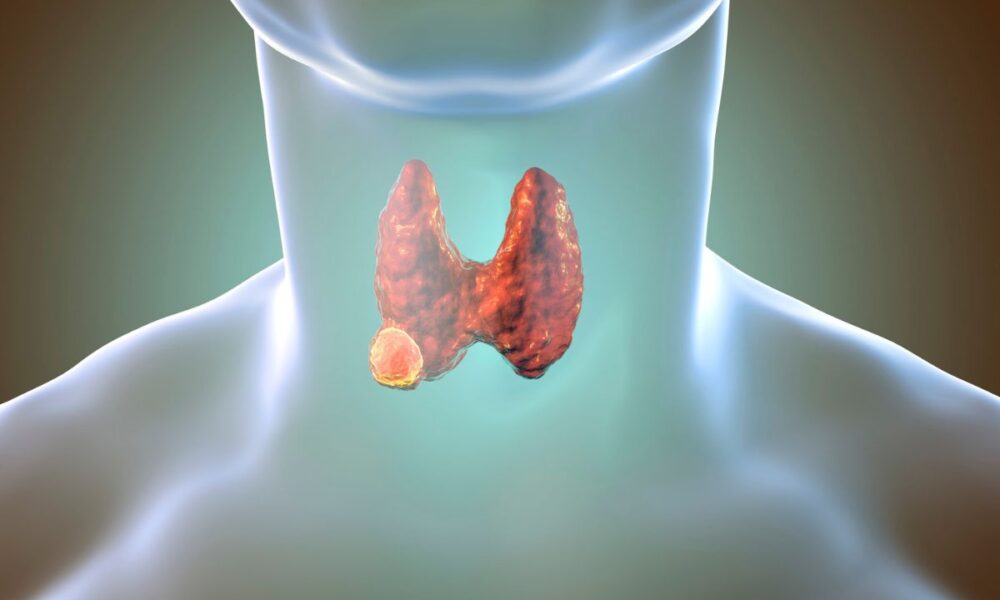Throat cancer refers to the development of cancerous cells in the tissues of the throat, which can include the pharynx (throat behind the nose and mouth), larynx (voice box), or tonsils. It’s also known as oropharyngeal cancer or laryngeal cancer, depending on the specific location within the throat. Here are more details about throat cancer, including symptoms and treatment:
Symptoms:
- Persistent Sore Throat: A sore throat that does not improve or resolves but keeps coming back.
- Hoarseness or Voice Changes: Changes in voice quality, hoarseness, or difficulty speaking.
- Difficulty Swallowing (Dysphagia): Pain or discomfort when swallowing, along with a sensation of food getting stuck in the throat.
- Ear Pain: Unexplained pain in one or both ears, which may be a result of referred pain from throat cancer.
- Lump or Mass in the Neck: A painless lump or swelling in the neck, often due to enlarged lymph nodes.
- Unexplained Weight Loss: Significant and unintentional weight loss without changes in diet or exercise.
- Persistent Cough: A chronic cough that does not resolve, accompanied by blood-tinged sputum.
- Breathing Difficulties: Wheezing, stridor (high-pitched breathing sounds), or shortness of breath.
Risk Factors:
- Tobacco Use: Smoking tobacco and chewing tobacco significantly increase the risk of throat cancer.
- Alcohol Consumption: Heavy alcohol consumption, especially when combined with tobacco use, raises the risk.
- Human Papillomavirus (HPV) Infection: Certain strains of HPV, particularly HPV-16, are associated with an increased risk of oropharyngeal cancer.
- Age: Throat cancer is more common in older adults, although it can occur at any age.
- Gender: Men are at higher risk of developing throat cancer than women.
- Poor Diet: A diet low in fruits and vegetables may increase the risk.
- Environmental Exposures: Occupational exposure to certain chemicals or toxins may raise the risk.
Diagnosis:
- Physical Examination: A healthcare provider may perform a physical examination of the throat and neck to assess for signs of cancer, such as lumps or enlarged lymph nodes.
- Imaging Tests: Imaging studies such as CT scans, MRI scans, or PET scans may be used to visualize the throat and determine the extent of the cancer.
- Biopsy: A biopsy involves removing a small sample of tissue from the throat for examination under a microscope to confirm the presence of cancerous cells.
Treatment:
- Surgery: Surgical removal of the cancerous tissue may be performed, either alone or in combination with other treatments.
- Radiation Therapy: High-energy radiation is used to kill cancer cells and shrink tumors.
- Chemotherapy: Anti-cancer drugs may be administered orally or intravenously to kill cancer cells or shrink tumors.
- Targeted Therapy: Drugs that target specific abnormalities within cancer cells may be used, such as drugs targeting the epidermal growth factor receptor (EGFR).
- Immunotherapy: Immunotherapy drugs help the immune system identify and attack cancer cells, boosting the body’s natural defenses against cancer.
Prognosis:
- The prognosis for throat cancer depends on factors such as the stage of the cancer, the location within the throat, and the overall health of the individual.
- Early detection and treatment offer the best chance for successful outcomes.
- Regular follow-up care and monitoring are important to detect and manage any recurrence or complications.
It’s essential for individuals experiencing symptoms suggestive of throat cancer to seek prompt medical evaluation and diagnosis by a healthcare professional. Early detection and treatment can improve outcomes and quality of life for individuals affected by throat cancer.

